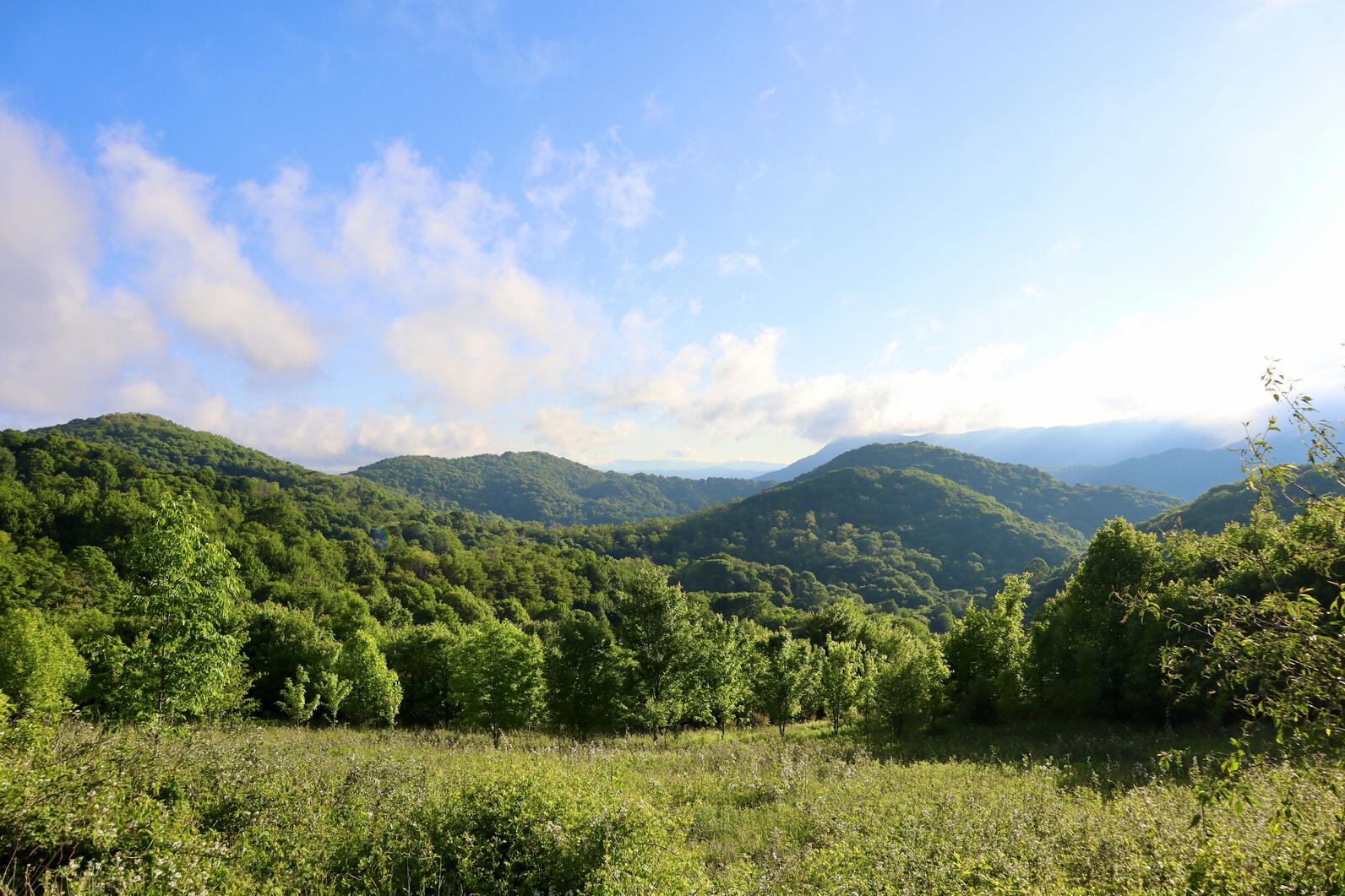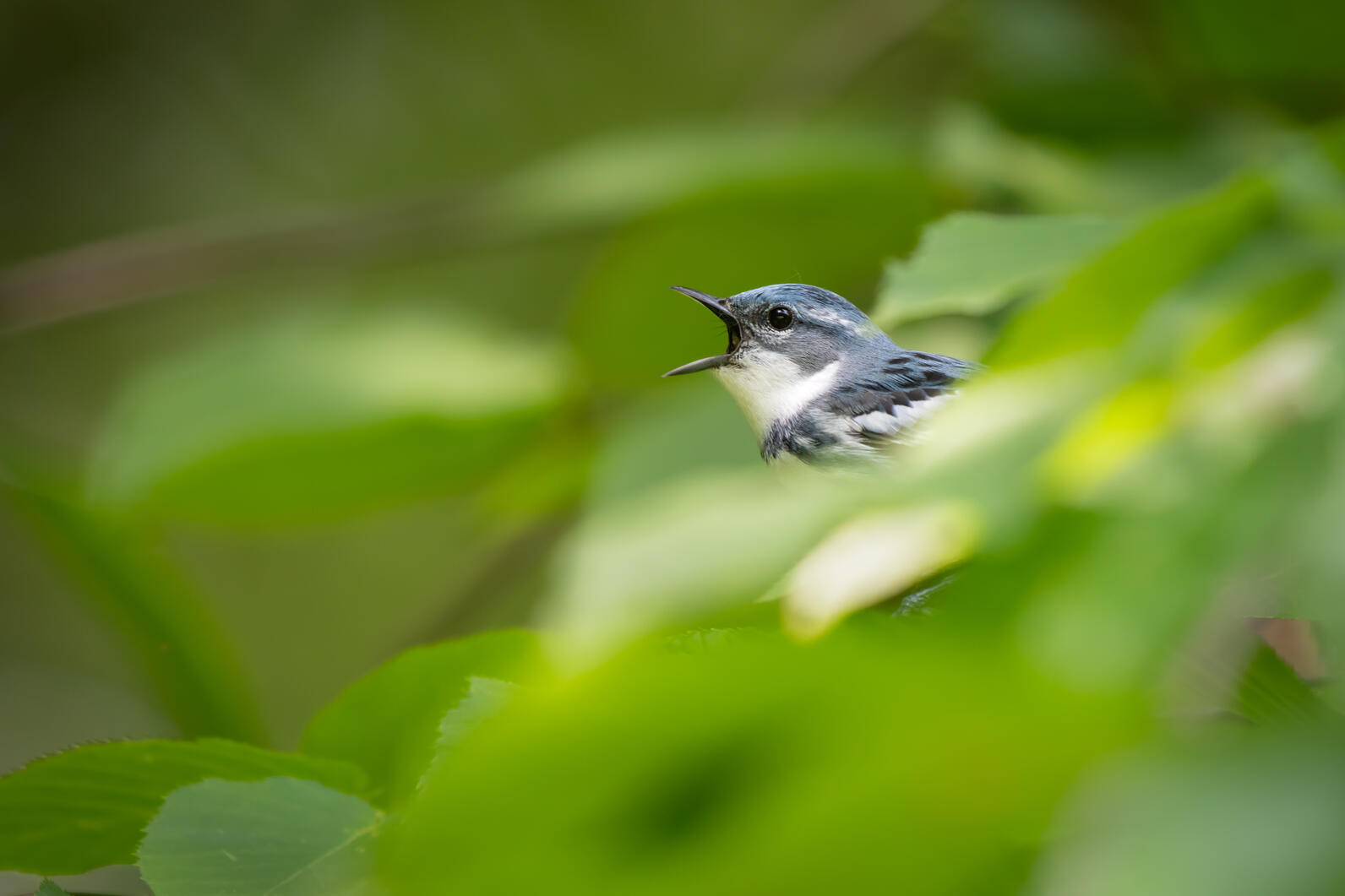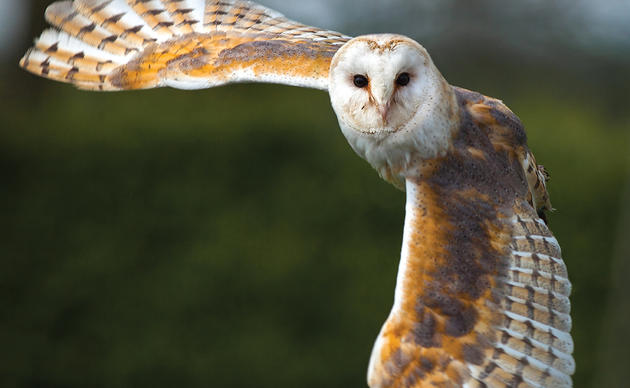As migratory birds return to the slopes and valleys of western North Carolina this spring, conservation leaders are encouraging birders to return with them.
Across the region, communities are eager to spring back in the wake of Hurricane Helene. By returning to enjoy migration hotspots, birders can help bolster local economies while also contributing valuable data on the storm’s impact for birds.
“Birders can do their part by doing what we do best, getting outside and enjoying birds,” said Curtis Smalling, executive director of Audubon North Carolina. “Many of the most popular birding destinations remain open and accessible.”
Communities have seen sharp drops in visitors since last fall. For example, attendance at Grandfather Mountain was down by nearly half in the first quarter of 2025, according to Jesse Pope, president and CEO of the Grandfather Mountain Stewardship Foundation. Visitation is starting to tick up this spring, and Pope and others are encouraging more people to return.
“Quite honestly, our community needs people to come back,” Pope said. “Eat in the restaurants, stay in the hotels and the bed and breakfasts. That’s how we bounce back, having that economic support.”

New Habitat, New Opportunities
Many of the places most beloved by birdwatchers are open, from Valle Crucis Community Park outside of Boone to Beaver Lake Bird Sanctuary in Asheville. In places that remain accessible, birders should expect to encounter new habitat, but birds are returning just the same.
Blue Ridge Audubon President John Koon trekked out to the Tanbark Ridge area this month to look for the sky-blue Cerulean Warblers that typically nest there. “It was an out of body experience,” Koon said. “The landscape was completely changed, but the warblers were still there.”
He spotted six on that trip alone and even had one show up in his backyard, which has never happened before.
Blue Ridge Audubon has been hosting bird outings since the week after the storm. While many of the chapter’s most popular birding sites remain open, most of them are altered. “But completely different doesn’t always mean completely bad,” Koon said.
Pope equated the experience for birders to an Easter egg hunt. “The birds might be dispersed differently than you’re used to,” he said. “But that’s part of the excitement—it’s like experiencing new habitats for the first time.”

Species Impacts
For species that depend on scrubby, re-growing forest habitat—including Golden-winged Warblers and a variety of sparrow species, to name a few—new habitat will bring opportunities in time to breed and nest.
The same may be true for cavity nesters, species like Brown Creepers and a variety of woodpeckers that may benefit from the new supply of dead and dying timber.
But birds that thrive in interior forest and old growth trees may face more difficulties, species like Scarlet Tanager and Wood Thrush that are returning to downed forests.
Birders can help provide the data to sort through the outcomes. “Figuring out exactly how the storm has impacted bird populations will be an ongoing effort, and everyone can help chip in by recording bird sightings at eBird.org, starting right now,” Smalling said.
Where to Go, What to Expect
High Country
- Middle Fork Greenway and Valle Crucis Community Park are open.
- The town of Blowing Rock sustained very little damage and areas around it are open and accessible, including Bass Lake.
- Boone Greenway is open.
- Julian Price Memorial Park and Price Lake is open.
- Grandfather Mountain is open except for the Profile Trail.
The Blue Ridge Parkway sustained damage throughout parts of western NC. Some areas are open, others remain closed. Below is a summary of the status of birding hotspots. For the latest information, visit the parkway’s website.
- The Beacon Heights overlook is accessible but the parkway is mostly closed southward to Mount Mitchell.
- Near Asheville, the parkway is closed from the Folk Art Center northward to Tanbark Ridge, Craggy Gardens and Mount Mitchell areas. The Tanbark Ridge Area (Rattlesnake Lodge Trail and sections of the Mountains-to-Sea trail) can be accessed from a trailhead on Ox Creek Road.
Asheville area:
- Owen Park in Swannanoa and Warren Wilson College farm fields remain closed due to flood damage.
- Mount Mitchell State Park is closed.
- Beaver Lake Bird Sanctuary is open and accessible.
- Green River Road in Polk and Henderson Counties is partially open. It is inaccessible from I-26 but the portion from Silver Creek Baptist Church to Fishtop Access is open.
- The area around Lake Lure including US64 and US74 around Bat Cave are still closed.
- Curtis Creek Road from Old Fort up to the Blue Ridge Parkway is closed.
- In general, most everything is open north and west of Asheville unless they were along a river or stream.
Transylvania County and areas south and west:
- The following area are open to birding and hiking:
For local bird outings, check out the websites of High Country Audubon Society, Blue Ridge Audubon Chapter, and Transylvania County Bird Club.





